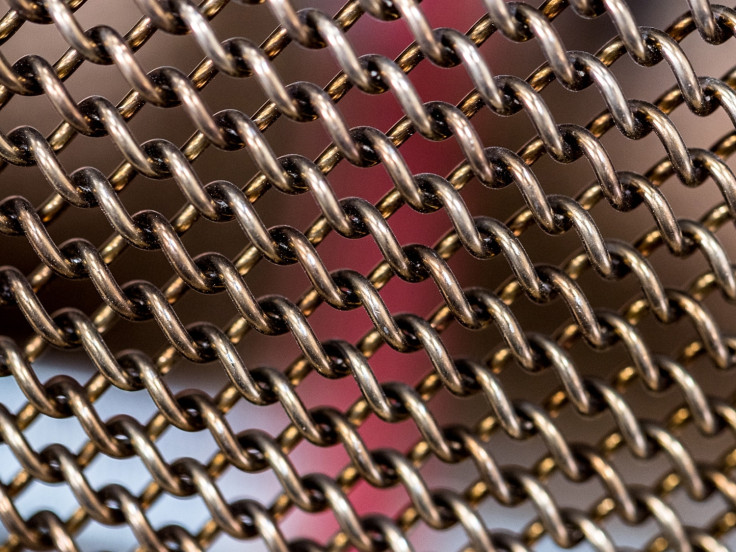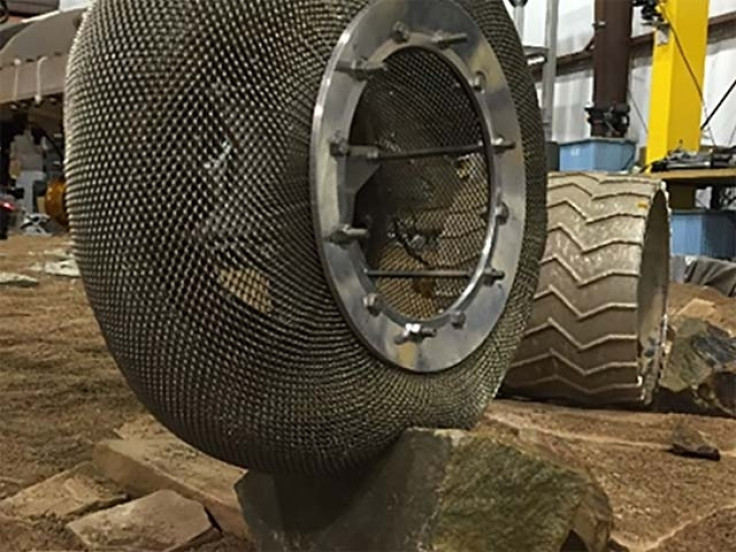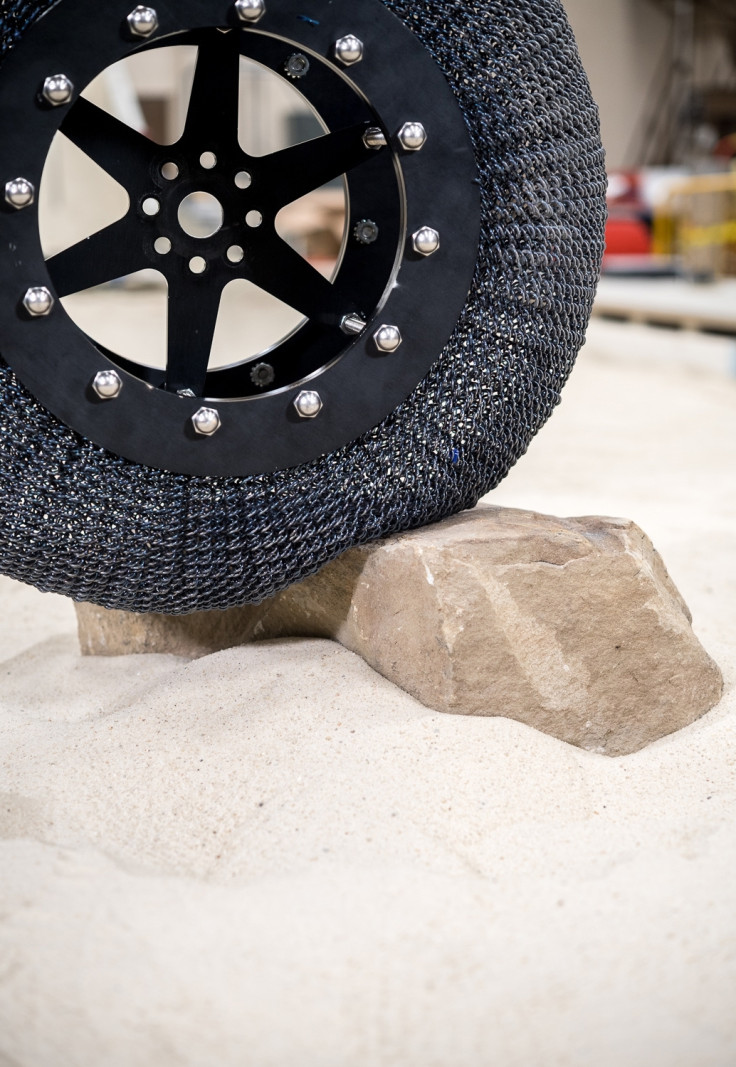What is memory alloy? Nasa's next Mars rover will have wheels made of this wonder material
Memory alloy retains its original shape after any kind of stress.
Nasa scientists at the John H Glenn Research Center, who have been working on new types of tyres and wheels for their upcoming rovers and land vehicles, have come up with a chainmail wheel made of a memory alloy that cannot be deformed.
Nasa is calling it Shape Memory Alloy (SMA), made of stoichiometric nickel titanium, that will get back to its original shape after it rolls over obstacles.

The new wheels and tyres are part of Nasa's efforts for a whole new Rover for future Mars missions. Described as a Winnebago-like vehicle, it may or may not look like an angry bat-mobile that was showcased a few months back.
The wheels were first showcased back in 2009. They showed good traction and durability, but over time, developed noticeable dents that could eventually get worse. It was designed in collaboration with Goodyear called "spring tyres". They were made entirely of interwoven steel mesh.
While they were found to be good performers, they could not hold up under extra weight and bad terrain. Scientists apparently realised that the tyre was a good design, but the materials used needed to be more than just steel.

This was when a chance encounter between Nasa engineer Colin Creager and material scientist Santo Padula reportedly took place. The scientist realised that the wheel would be better off with a memory alloy, in this case, nickel titanium. Atomic bonds of the SMA do not break under stress like it happens with steel; instead, they accommodate deformation as they always get back to their original shape.
Nasa's plan is to eventually take this wheel to Mars. Considering its strength and durability, it might be possible to build a heavier rover with a lot more instruments on board. Such a wheel could even support manned missions on the Red Planet. Mars rovers are also in need of better wheels and tyres as Curiosity's wheels have already started deteriorating after only about 10 miles on Mars. Its wheels are made of solid aluminium.
Will memory alloy tyres ever see use on Earth? Considering how much punishment it has proven to be able to take, it seems like a great way to cut back on tyre-replacement costs. Nasa also says that the SMA conforms to whatever terrain it moves over and is capable of absorbing energy from impacts at moderate to high speeds, so it seems like a great option for off-road and emergency response vehicles. There is, however, no word on whether it will be releases for commercial use any time soon.
There are a number of airless tyres that are under development, not just for Mars and the Moon, but also for Earth vehicles. Michelin, for example, is making a 3D-printed mesh tyre that is both light and durable.






